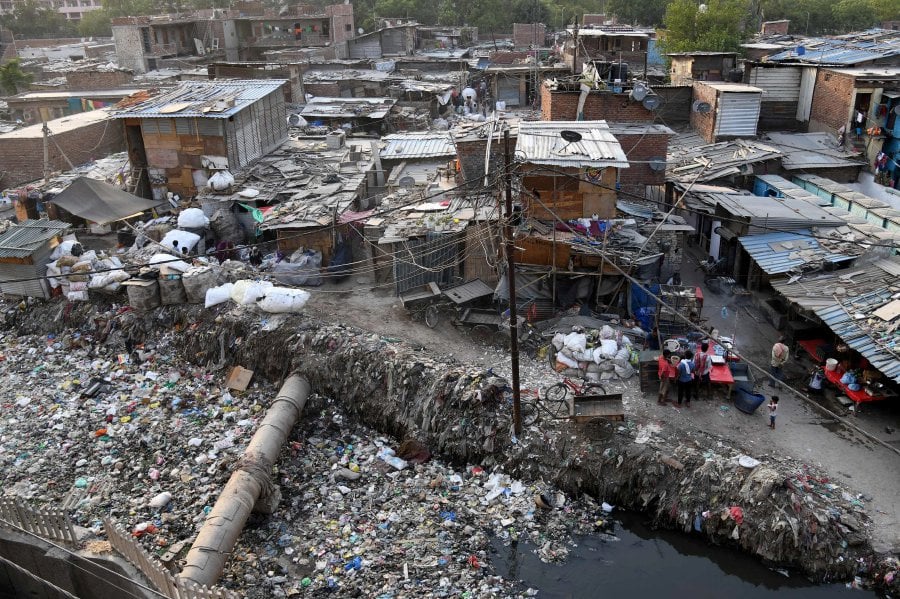
The alarming rate of the rise in number of urban poor, currently standing at over 81 million (as quoted by Times of India in 2019) is a bane to the development of Indian cities and towns. Urban poor often refers to the urban households with limited financial resources and dwellings of refuge in the organically grown neighborhoods on the urban peripheries termed as ‘slums’, with fragile buildings and collapsing services of water supply and waste management, sanitation, dilapidated infrastructure and lack of safety and security. But considering space as a neutral medium here would imply, viewing the poor as a frivolous and passive agency.
If we look closely, the ‘slum dwellers’, especially those that come from rural India, are landowners, with comfortable houses etc. Lack of cash, and sometimes ambitions for a city life, and other such things bring them to cities. So poverty in this case would mean ‘spatial poverty’.
Neeta Das, Conservation Architect, Architectural Historian and Academician
Considering the complexities of poverty in the Indian context, slum dwellers can therefore be recognized as spatial poor striving to encompass inadequate and substandard living conditions, beyond the financial constraints. The development of slums is thus not a mere coincidence but rather a response to the overall social and economic needs of the community.
“Slums exist because the city is unable to produce adequate housing that working people can afford.”–Hussain Indorewala, academician, and PhD researcher at IIT, Bombay
The evolution of these slums renders them the identity of a city’s goldmine, contributing to the increase in land value. The stakeholders often realize the need for slum redevelopment at the time of elections, during an uncontrollable plague or when the vested interests of the authorities and developers arise. The presence of slums otherwise is ignored and left at the helm of expected economic growth in the indefinite future.
“Once evicted, slum dwellers will reorganize their lives in another location, building another slum and helping develop that piece of land, thus helping raise its value until—after, say, three or four years—their homes are demolished again, mostly to make for commercial units or homes for the middle class.”
Dunu Roy, Founder of Hazard Centre, Delhi, to Mint
For more than six decades, the NH-8 Bypass Road in Jaipur dichotomizes the bourgeois and the urban poor. Spread over a sprawling 66-acre land, with a balance of over 35-acre vacant land, as per the Jaipur Development Authority (JDA), the Jawahar Nagar’s ‘Kachhi Basti’ slum has been divided into seven smaller colonies – from Teela number 1 to 7. The slum encroaches demarcated eco-sensitive land belonging to the Forest Department of Jaipur. Apparently, the dwellers constantly live in fear of being evicted at any time because of the absence of ownership and land tenure. Out of the 308 slums/ kachhi bastis in the city, 238 are notified and 70 are non-notified as per survey and data collected by Jaipur Development Authority (JDA) and Jaipur Municipal Corporation (JMC). But ironically, these ‘kachhi’ bastis can hardly be categorized as ‘kachha’ innately. The majority of the dwellings have now been converted into pucca houses with a substantial proportion of roads as semi-pucca or pucca in nature. The bypass road thereby divides the two huddles based on life conditions – amenities, services, social and economic status, and acceptance in society.
A bid invitation issued in 2018 reveals JDA’s plan to construct 1000-12000 EWS affordable flats in G+10-12 format of 25-30 sqm carpet area each through Public Private Partnership (PPP) Model, with the vacant land to be exploited by the developer. The target of ‘Houses for all by 2022’ was to be achieved at the rate of 9000 houses per year. But presently, as far as one can see beyond the bypass road, the kachhi basti remains in ramshackle with the population ever evolving.
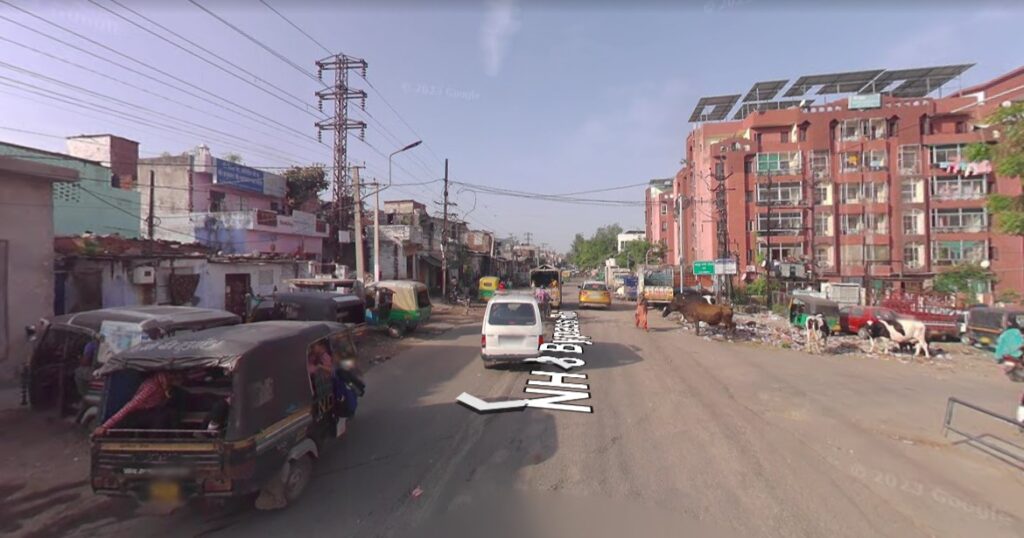
The Jawahar Nagar Kachhi Basti aimed at an upgraded infrastructure and improved standards of living with the construction of new housing units at the same location. While in case of the presence of an alternative site and financial resources, the traditional approach to rehabilitation of slums involves ‘demolition’ of the existing slum and ‘reconstruction’ elsewhere, aiming at an improved access to services and utilities. But do the residents actually inhabit the newly constructed cost-effective buildings which are devoid of any sense of home, their social network or employment opportunities? ‘A few hundred evicted households found eligible for rehabilitation from the slum along Tansa pipeline in Mumbai, were forced to move 11 km away in a township built for displaced slum dwellers in Mahul on the Eastern periphery of the city, almost an hour away from their place of residence.’ Relocation to the heavily industrialized area cost the dwellers their livelihoods and significantly contributed to their deteriorating health. The lack of connectivity to healthcare and educational facilities, and absence of employment opportunities, has amputated the residents of the ‘basic standards of living.’
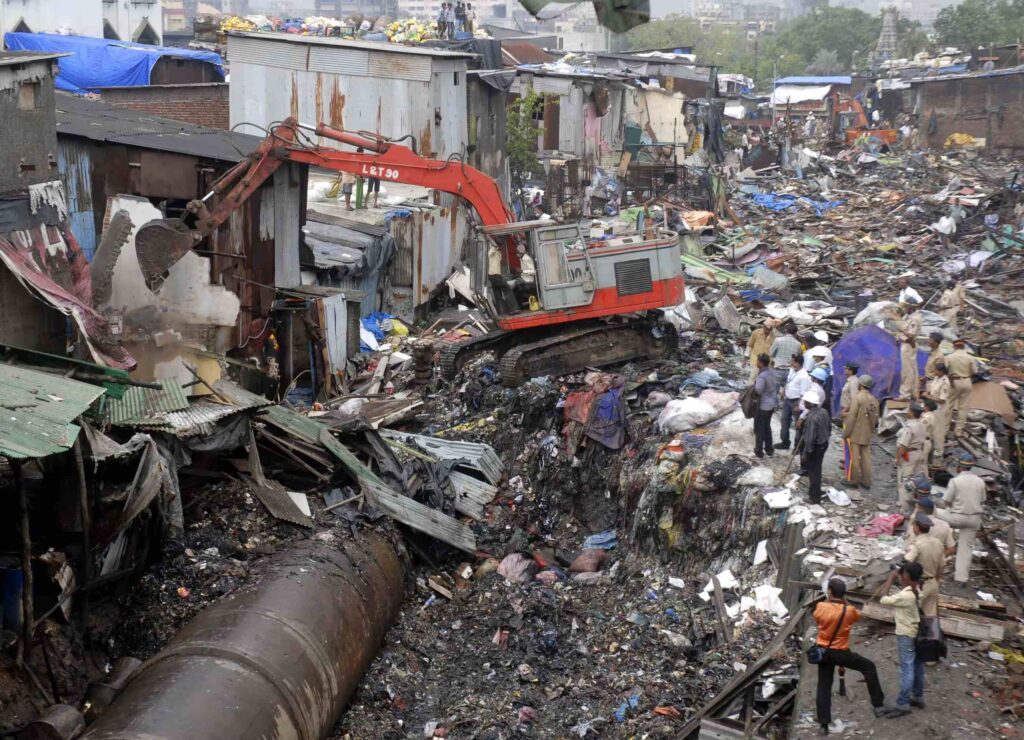
The inhabitants of Mahul were failed by the Brihanmumbai Municipal Corporation (BMC). In the contrary case of Jawahar Nagar’s Kachhi Basti, probable overlap of organizations like JDA and JMC has led to indolence, disappointing the dwellers. The relocated residents of Vambay Colony in Andhra Pradesh were let down by the government policies of VAMBAY (Valmiki Ambedkar Awas Yojana) and JNNURM (Jawaharlal Nehru National Urban Renewal Mission). The dwellers, mostly daily wage laborers and low-income earners, are living in deplorable conditions today due to lack of basic amenities, which was supposedly the root cause of slum reallocation. The numerous other policies conceived for the urban poor have not only proven ineffective but also made it a challenge to even locate the urban poor by inaccurately representing their numbers.
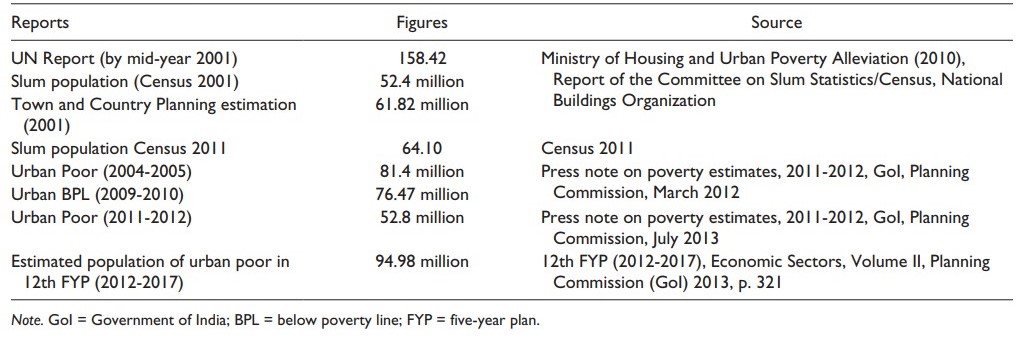
“I took care of the government’s property. The government now tears our property down,” Dashrath, a resident of Shiv Basti to the Wire, compels one to think, who then will attend to the grievances of the urban poor if not even the supreme authorities and their policies?
Another question that arises with the rehabilitation proposition even if the slums are redeveloped in another setting, does this ‘upgradation’ really stop the establishment of new slums in the future? The myopic approach of ‘demolition and reconstruction’ overlooks the underlying issues of rapid urbanization, lack of affordable housing, meagre employment opportunities and the absence of social fabric of the residents on the newly upgraded site. This generates a recurring cycle of establishing informal settlements. Prioritizing communal participation and empowerment to improve the existing settlements can therefore prove to be a successful alternative approach to slum rehabilitation. Under the Kampung Improvement Program – a model of participatory, on-site slum upgradation, Surabaya in Indonesia became an international model for achieving adequate, secure, and affordable housing for its urban poor. ‘The residents were put at the heart of decision-making and day-to-day upgrades, using community-sourced data to identify and prioritize their most critical needs.’
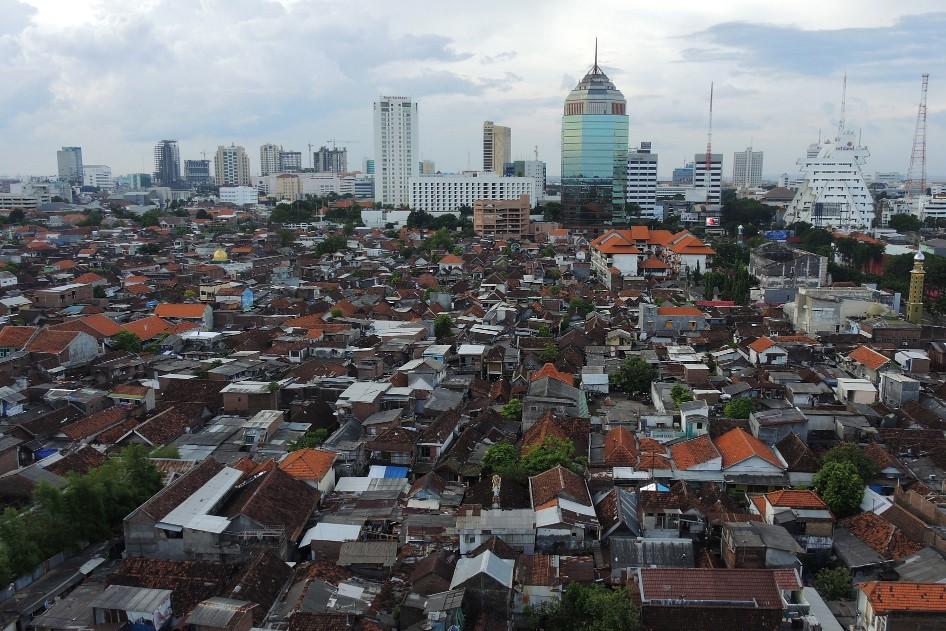
It becomes crucial to understand the ethical definition of ‘slum-free’ cities in the country. Will a city become slum-free indeed, with the demolition of existing slums to be replaced with better housing on the urban peripheries?
Or will this transformation stem from the multi-faceted inclusive development of the existing bastis that incorporates economic, social, and environmental sustainability? The stakeholders need to address the essential factors translating to urban poverty by engaging communities in decision-making and adopting comprehensive planning measures to foster persisting solutions for the urban poor.



